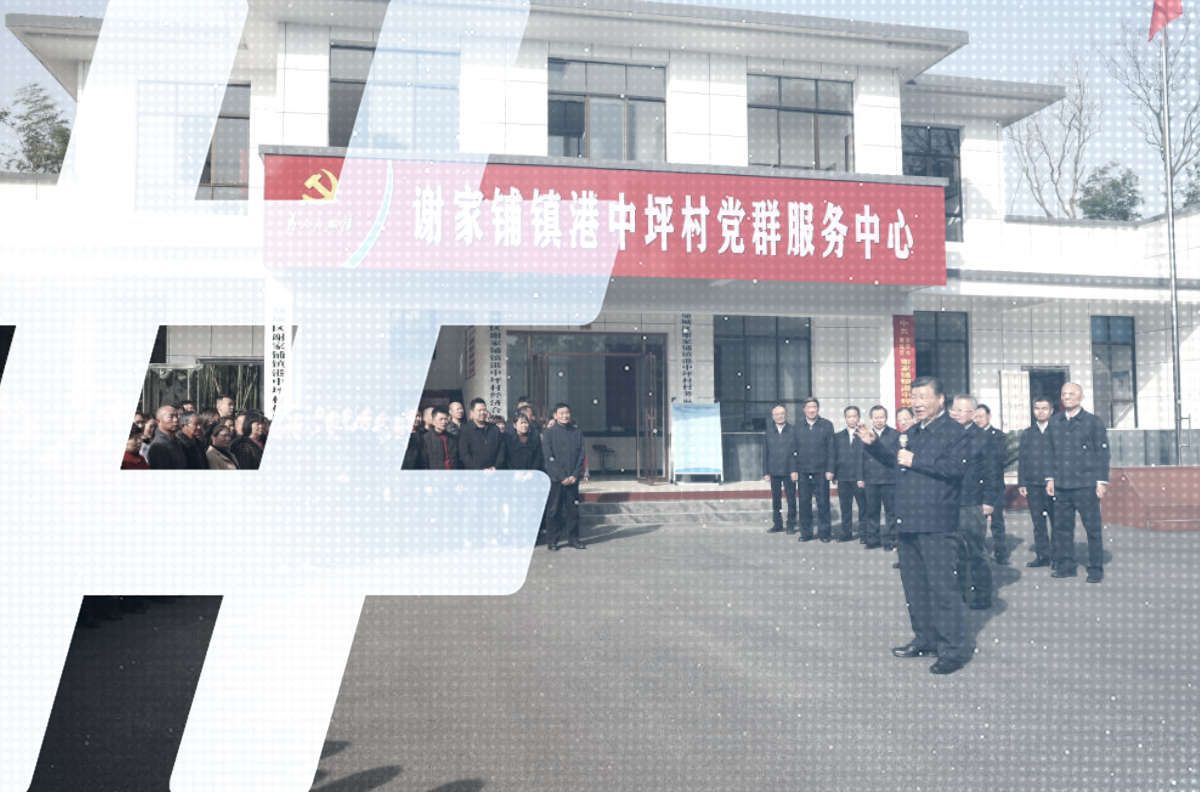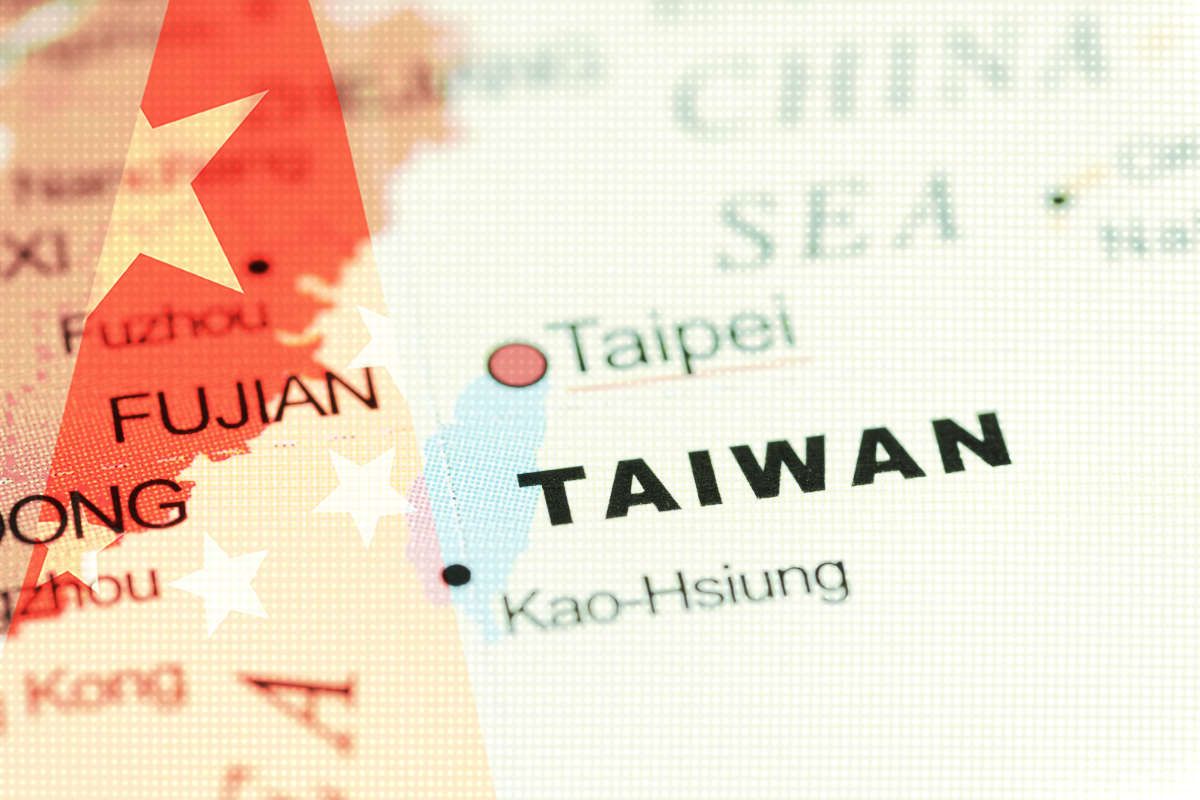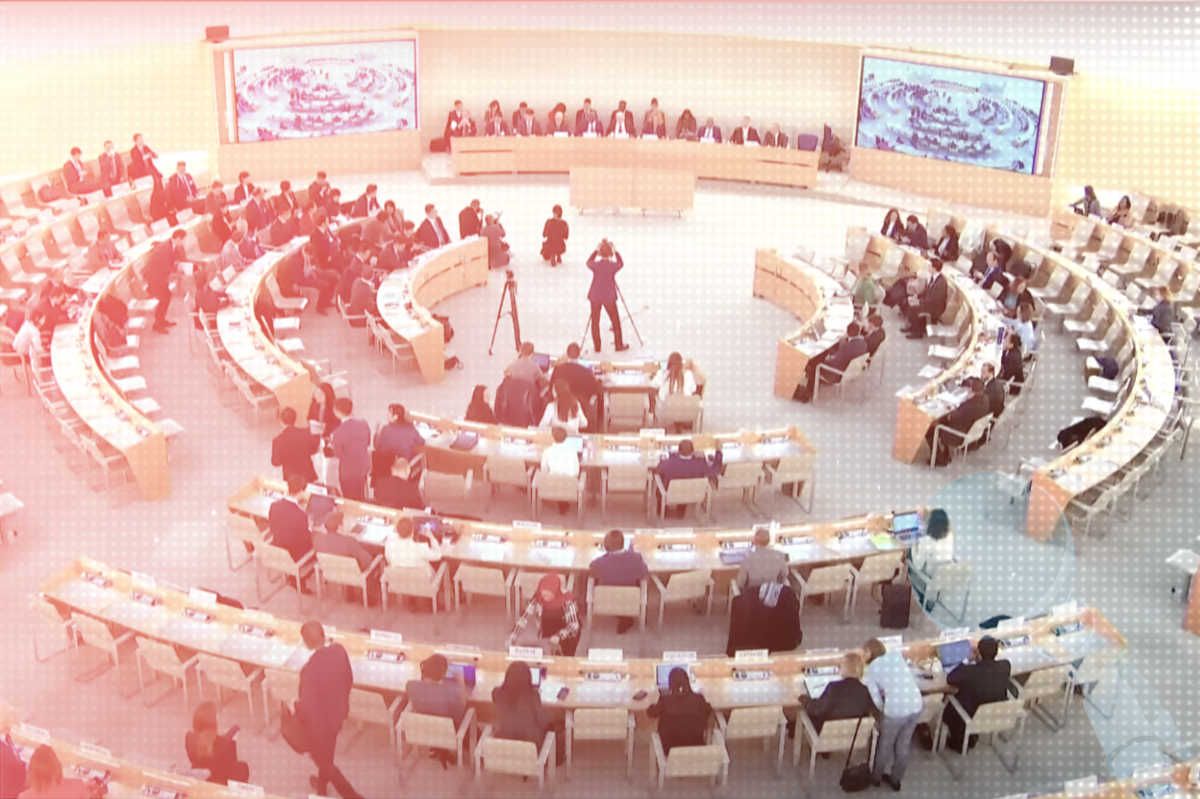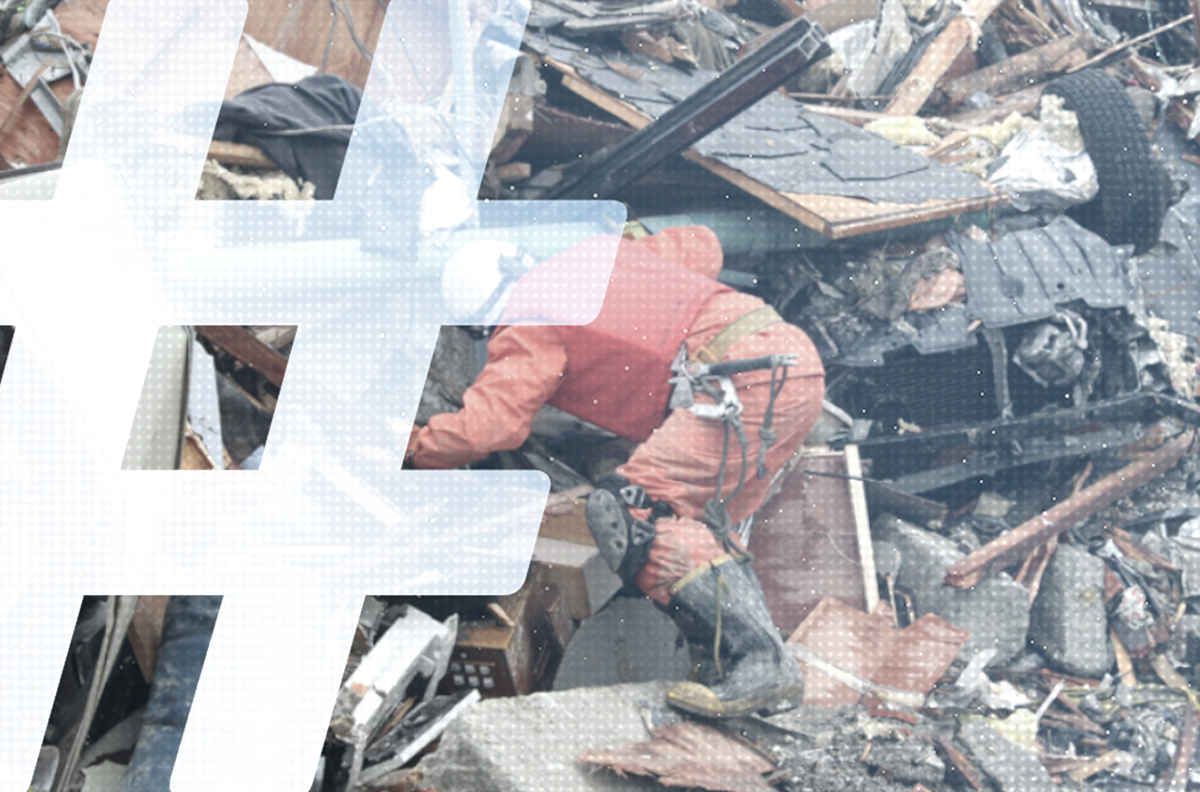Headlines and Hashtags
China should release a critical earthquake preparedness document
By Qian Gang — In early 2005, more than three years before the Wenchuan earthquake struck, a number of cities and provinces, including Sichuan and Shaanxi, participated in a wide-scale action for earthquake preparedness. That action responded to a series of central government demands, including the strengthening of dangerous and old school buildings. The time has come for China’s government to make public the critical national document behind that 2005 push. [Frontpage Image: “China earthquake” by Sweejak, available at Flickr.com under Creative Commons license.]
All of the 2005 policies on earthquake preparedness released by various provinces make reference to a national-level document, including statements like this one: “According to the spirit of State Council Notice Concerning the Strengthening of Prevention and Mitigation Work for Earthquake Disasters (No. 25, 2004) . . . “ This document is of vast importance, and I recommend that we do our utmost to gain the clearest picture possible of precisely what steps were taken to improve earthquake disaster prevention and mitigation work after this policy was handed down.
But there is a problem. The original State Council document has never been made public.
The Wenchuan earthquake took us utterly by surprise. And in the earthquake’s aftermath, the China Earthquake Administration said that there was no way to make accurate short-term predictions about quakes likely to occur within the space of a year.
However, Zhang Peizhen (张培震), head of the Institute of Geology at China Earthquake Administration, has said in reference to the May 12 Sichuan earthquake that in 2004 the administration did in fact make long-term forecasts for possible quakes and designated specific seismic regions that were a priority. He said in June last year that one of those regions designated, “the Ganzi-Aba danger zone (甘孜-阿坝危险区) included the southern and central portions of the Longmenshan Fault [where the May 12 quake occurred], and an emergency two-year program of intensive seismic monitoring along the North-South Seismic Belt (的南北地震带), of which Longmenshan is a part, was carried out.”
This was what prompted the State Council’s release on September 27, 2004, of document No. 25. This was the central government’s policy on earthquake disaster prevention and mitigation, a long-term earthquake forecast made at the national level. And the Wenchuan earthquake was a severe test of that policy.
To this day the 2004 State Council document has not been released, but it is in fact now only partly a secret as its basic content has been openly referenced in provincial-level documents on earthquake preparedness. The policy’s guiding principle, for example, is “to put the lives and safety of the people first” (把人民群众的生命安全放在首位). The demand that school buildings be fortified was most probably first mentioned in this document. My guess is that the document was not made public at the time because it contained specific information about the “22 key areas delimited for earthquake surveillance and protection over the next 15 years” (22个未来15年的全国地震重点监视防御区).
Can information about those key areas for earthquake surveillance and protection now be released publicly? On September 2 last year, Sichuan vice-governor Wei Hong (魏宏) advised that this information be declassified and made public in light of its benefits for earthquake preparedness measures by governments and by society in general. He suggested it would help to expand public participation in the work of earthquake disaster prevention.
Looking at the Law on Earthquake Disaster Prevention and Preparedness (防震减灾法) that took effect in 1998, there is no language designating key areas delimited for earthquake surveillance and protection as secrets (机密). In fact, governments in a number of local areas designated as key areas for earthquake surveillance and protection had already made these “secrets” public before the Wenchuan earthquake struck — for example, Chengdu, Deyang and Mianyang.
I believe that this information about long-term earthquake forecasts should not be kept from the public. Medium term earthquake forecasts of around three years should also be released as deemed appropriate. There are no longer any secrets in the State Council document No. 25 (2004) that require safeguarding, and the PRC Law on Earthquake Disaster Prevention and Preparedness does not designate key areas delimited for earthquake surveillance and protection as secrets.
I suggest that as we seek to draw lessons looking back on last year’s devastating quake, we begin by declassifying State Council document No. 25 (2004), this policy that prior to the Wenchuan quake directed government work on earthquake disaster preparedness nationwide. Re-assessing this critical document and how it was implemented would be a major step toward better preparedness for future disasters.
A version of this article was published in the May 8 edition of Southern Metropolis Daily.
[Posted by David Bandurski, May 10, 2009, 1:09pm]






















